In the 21st century, technology has become an integral part of our daily lives, from smartphones and smartwatches to computers and tablets. Its impact is profound and wide-reaching, affecting all areas of life, including education. The astounding benefits of the use of technology in the classroom are numerous and varied. From creating a more engaging learning environment to accommodating different learning styles, technology is revolutionizing the way we teach and learn. This article will delve into the most noteworthy benefits, from elementary classrooms to special education and kindergarten settings.
Engagement and Interactive Learning
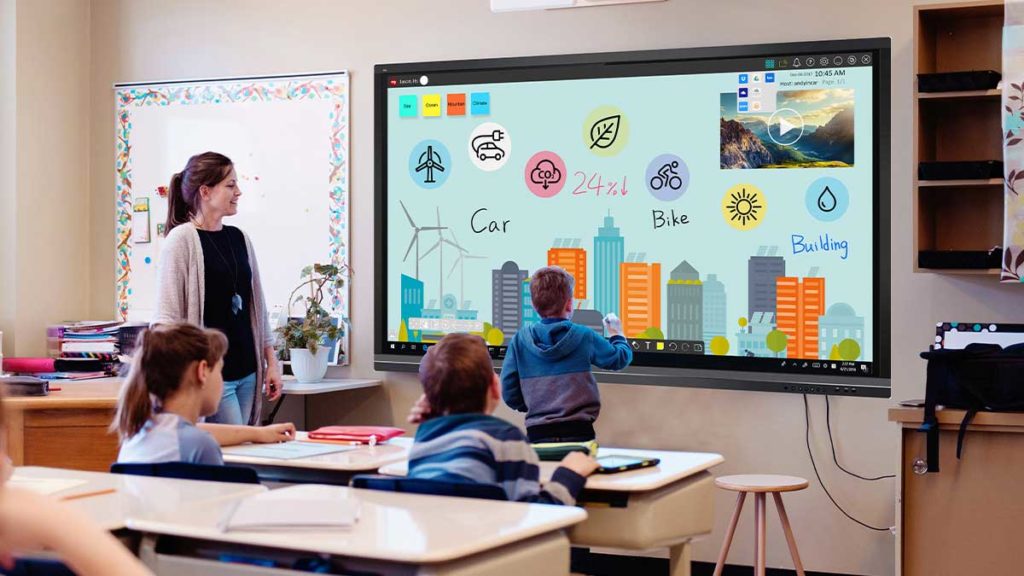
One of the most significant benefits of tech in the classroom is the increased level of student engagement. Gone are the days when students passively received information. Now, technology fosters an interactive learning environment. Interactive whiteboards, tablets, and online platforms allow students to participate actively in their education. They can experiment, solve problems, and even create their own content, making learning a hands-on, engaging experience.
Personalized Learning

Each student is unique, and so is their learning style. With technology, teachers can tailor their instruction to meet each student’s needs. Personalized learning programs, learning management systems, and educational apps can adapt to a student’s pace and learning style. This is especially true in the benefits of using technology in the elementary classroom, where the foundation of learning styles is still being formed.
Collaboration

The 5 benefits of technology in the classroom would not be complete without mentioning collaboration. With tech tools such as Google Docs, students can work together on projects, share ideas, and give feedback in real-time, even if they’re not physically in the same room. This promotes teamwork and teaches essential collaboration skills.
Preparing Students for the Future
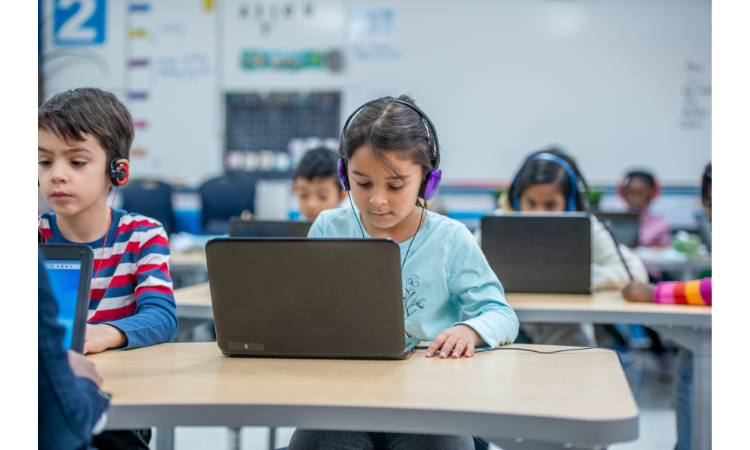
In today’s digital age, technological literacy is no longer an option but a necessity. By integrating technology into the classroom, we’re preparing students for a future where digital skills will be critical. This goes beyond knowing how to use a computer or smartphone; it includes understanding online safety, digital citizenship, and the responsible use of technology.
Support for Special Education

There are incredible benefits of using technology in the special education classroom. Assistive technology can provide substantial support for students with disabilities. For instance, speech-to-text software can aid students with dyslexia, while programs that read out loud can benefit those with reading difficulties.
Enhancement of Creativity

Digital tools such as graphic design software, video editing apps, and music composition platforms enable students to express their creativity in ways previously unimaginable. This, coupled with the benefits of using digital technologies in the primary classroom, nurtures creativity from a young age.
Access to a Wealth of Information

The internet provides access to an unlimited amount of information and resources. This gives students the opportunity to explore topics they’re interested in, making learning a more personalized and engaging experience. Plus, teachers can utilize online resources to supplement their teaching and provide a broader perspective.
Benefit in Early Education

Even the youngest students can gain from technology. The benefits of using technology in the kindergarten classroom include developing fine motor skills, promoting creativity, and introducing basic tech skills through educational games and apps.
The benefits of students using technology in the classroom are truly transformative. From fostering engagement and creativity to accommodating different learning styles and abilities, the impact of technology on education is undeniable. As we move further into the digital age, these benefits will only grow, shaping the future of education in exciting and innovative ways.
In the debate of technology versus traditional education methods, it is clear that the integration of technology is not merely an alternative, but a necessary supplement. As we advance, our education system must adapt to ensure students are equipped with the skills they need for their future.
Technology: A Tool, Not a Replacement
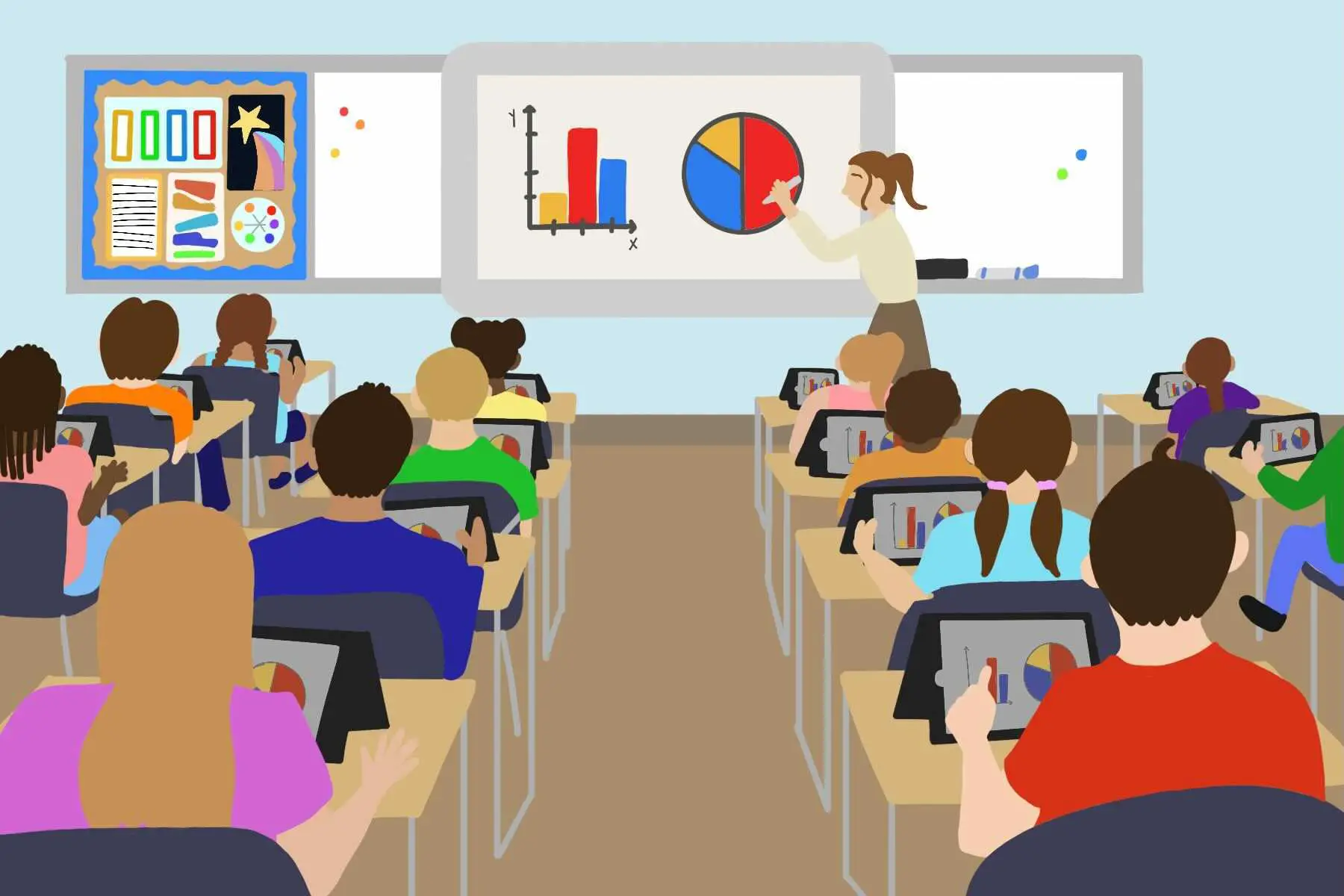
It is important to note, however, that technology should serve as a tool for enhancing education, not replacing traditional teaching methods. Teachers play a critical role in providing direction, fostering a sense of community, and providing the human interaction that technology cannot replicate. The goal should be to create a balanced learning environment that leverages the benefits of both traditional teaching methods and technology.
Accessibility and Equity
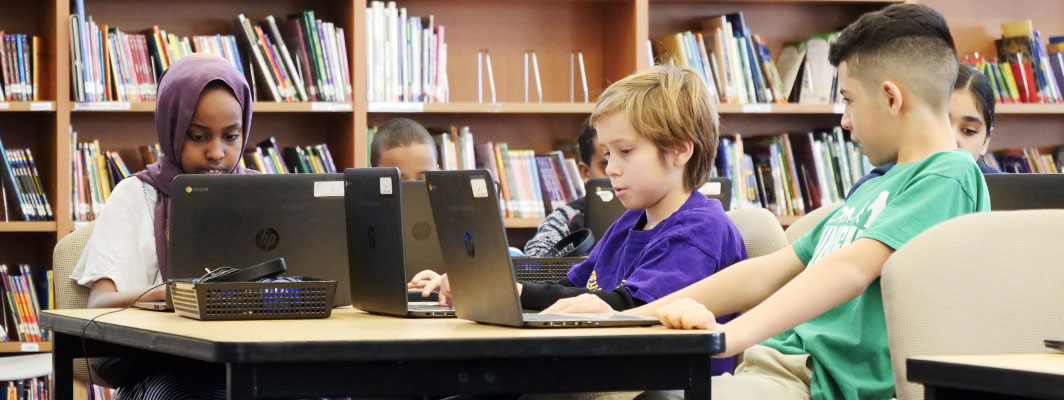
Another key benefit to incorporating technology in the classroom lies in its potential to promote accessibility and equity in education. Students from diverse backgrounds and with various abilities can be accommodated and supported through the use of technology. Access to online resources and the flexibility of digital learning environments can help bridge the gap between different socioeconomic and geographic circumstances.
The Digital Divide
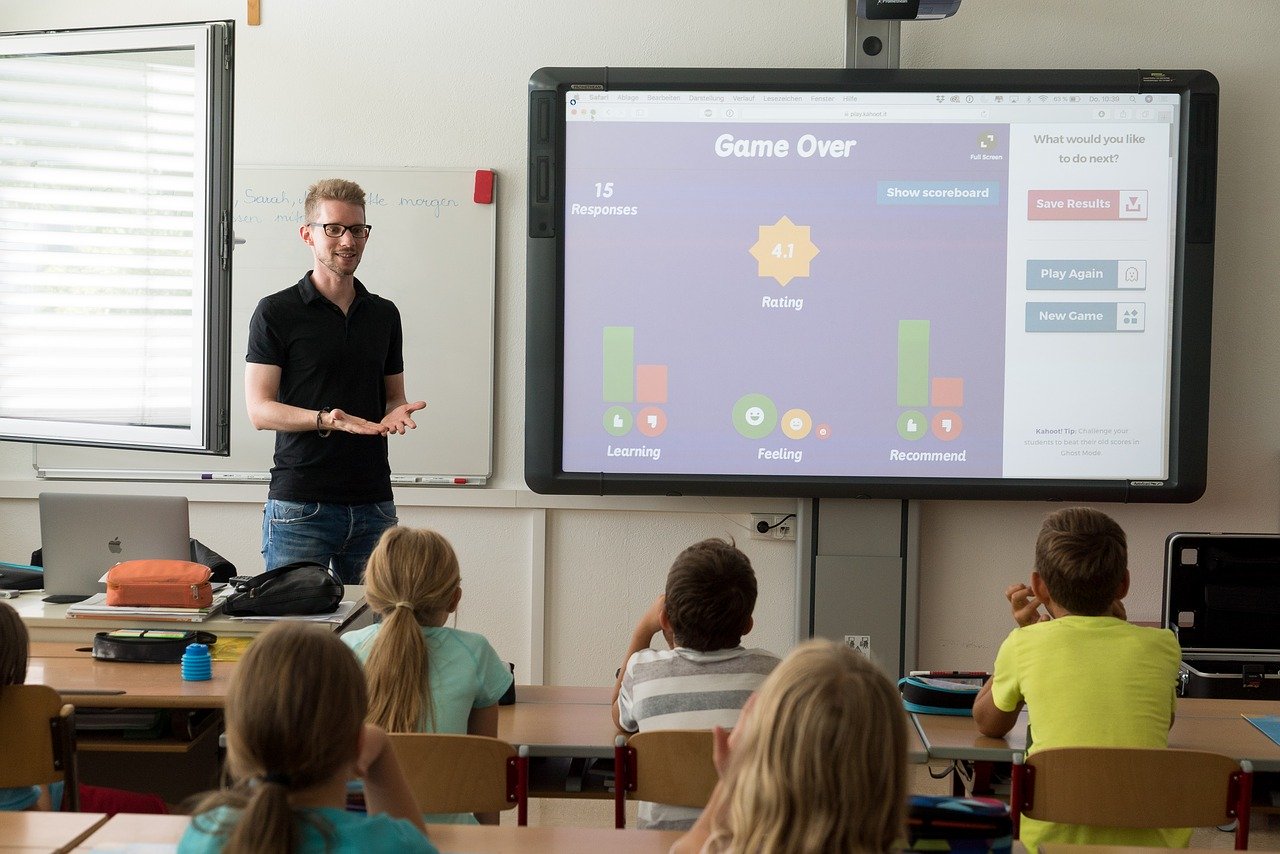
While we revel in the benefits of the use of technology in the classroom, it’s crucial to acknowledge the digital divide – the gap between those who have ready access to computers and the internet, and those who do not. Efforts must be made to ensure all students have equal access to technology so that these benefits can be universally enjoyed.
Conclusion
From kindergarteners learning basic tech skills to high school students preparing for the digital future, the benefits of using technology in the classroom are vast and valuable. It’s an exciting time in the world of education as we continue to uncover new ways technology can enrich our learning experiences.
As technology continues to evolve, it brings with it fresh potential for engaging, personalized, and inclusive education. The journey of technology integration in the classroom is a thrilling ride into the future, holding promise for a generation of digitally skilled, creative, and dynamic learners.
Whether we’re considering the 8 benefits of technology in the classroom or even more, it’s clear that technology is not just a trend in education – it’s a powerful tool that’s here to stay.
